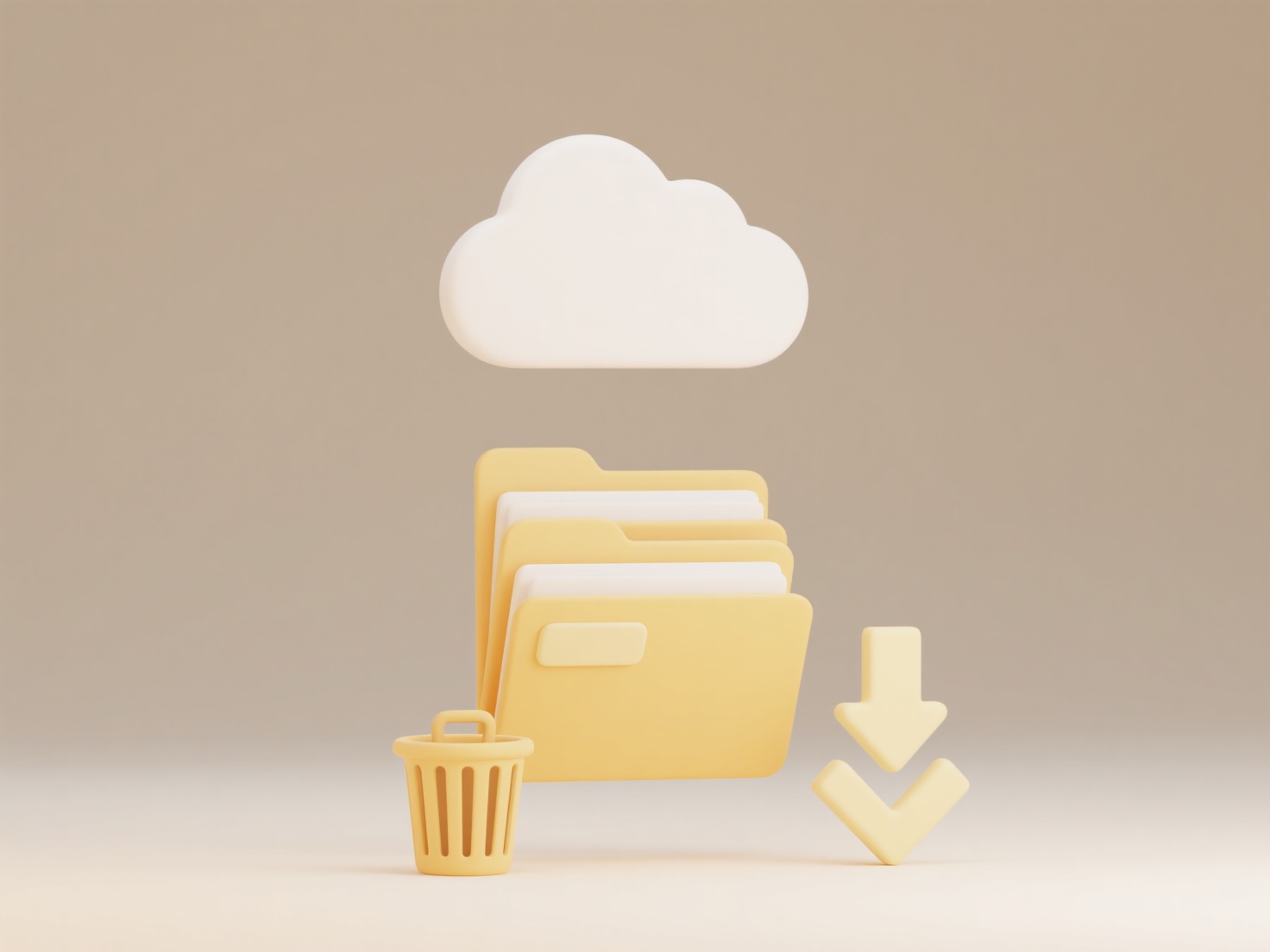
File renaming based on creation date means using the original timestamp assigned by the operating system (OS) when a file was first saved to rename it. Your OS automatically stores this creation date metadata for files. This differs from the last modification date, which changes whenever the file is edited. Most operating systems provide built-in tools or scripting capabilities to access this creation timestamp and incorporate it into a new filename.
This technique is commonly used to organize personal photos or videos chronologically, for instance renaming a photo IMG_1234.JPG to 2023-11-15_FamilyReunion.JPG using its actual creation date. System administrators may automate this for log files, changing app.log to app_20231115.log for easier sorting and archival based on when the log was first generated. Tools enabling this include Windows PowerShell, macOS Automator/AppleScript, or dedicated renaming utilities on both platforms.

The main advantages are enhanced chronological organization and simplified bulk renaming without manual date entry. However, limitations exist: the creation date isn't always reliably preserved if files are transferred between systems incorrectly, and different OS/file systems handle this metadata subtly differently. Renaming doesn't alter the file's content creation date internally, which is an important ethical consideration for authenticating digital records or maintaining audit trails. Increased automation in file management tools continues to make such renaming more accessible.
Can I rename files based on creation date?
File renaming based on creation date means using the original timestamp assigned by the operating system (OS) when a file was first saved to rename it. Your OS automatically stores this creation date metadata for files. This differs from the last modification date, which changes whenever the file is edited. Most operating systems provide built-in tools or scripting capabilities to access this creation timestamp and incorporate it into a new filename.
This technique is commonly used to organize personal photos or videos chronologically, for instance renaming a photo IMG_1234.JPG to 2023-11-15_FamilyReunion.JPG using its actual creation date. System administrators may automate this for log files, changing app.log to app_20231115.log for easier sorting and archival based on when the log was first generated. Tools enabling this include Windows PowerShell, macOS Automator/AppleScript, or dedicated renaming utilities on both platforms.

The main advantages are enhanced chronological organization and simplified bulk renaming without manual date entry. However, limitations exist: the creation date isn't always reliably preserved if files are transferred between systems incorrectly, and different OS/file systems handle this metadata subtly differently. Renaming doesn't alter the file's content creation date internally, which is an important ethical consideration for authenticating digital records or maintaining audit trails. Increased automation in file management tools continues to make such renaming more accessible.
Quick Article Links
What file types can browsers open directly?
Modern web browsers can open common file types directly within the browser window without requiring downloads or externa...
How do duplicate files impact storage space?
Duplicate files are identical copies of data stored in multiple locations, consuming storage capacity without adding val...
Can file names have accented or non-English characters?
Yes, modern operating systems (like Windows, macOS, Linux) and widely used file systems (NTFS, APFS, ext4) generally sup...